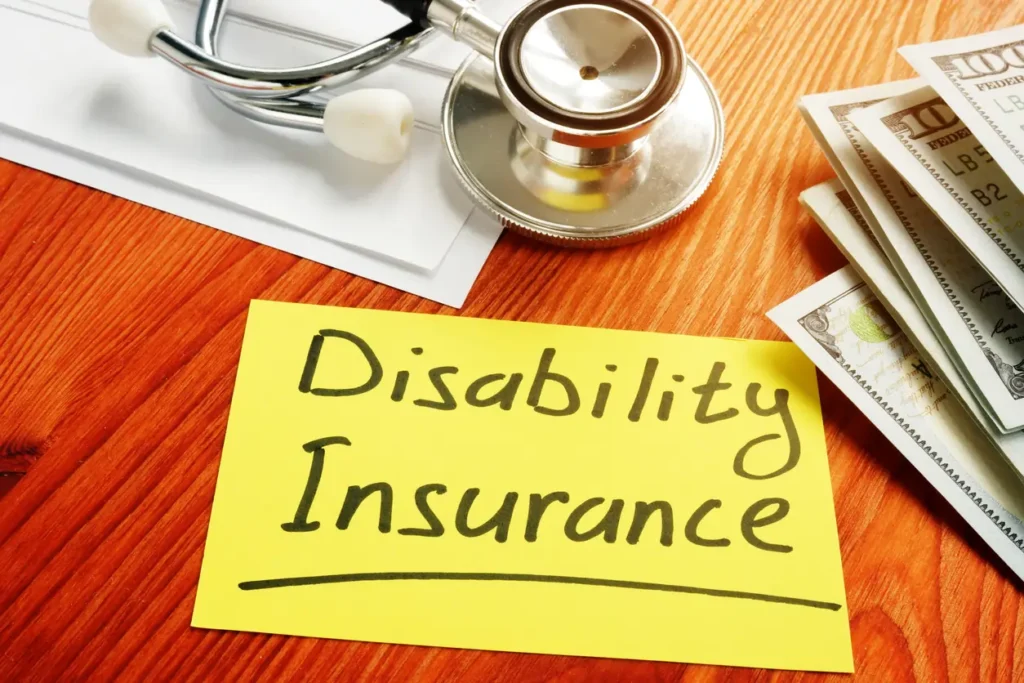
Story at-a-glance
- Physicians are always in demand, and their income is much higher than the national average.
- One in three physicians becomes disabled before age 65—putting their income, lifestyle, and family at risk.
- Group disability coverage often isn’t enough, replacing only 40–60% of income.
- Social Security is unreliable and slow, paying little and requiring strict qualifications.
- The smart move? Get personal disability coverage to protect your income, assets, and future.
Physicians can rest assured, knowing that they will be in demand for the long term: At some point in the past year, the Centers for Disease Control reported that more than 92% of children in the U.S. saw a healthcare professional, with adults a close second (at 82%) seeking healthcare in the same period. This demand is met currently by more than 624,434 practicing physicians.(1)
In return for all the years of advanced medical education, marathon shifts and hard work, physicians’ compensation is substantial: According to the U.S. Census Bureau, in 2010 the median U.S. wage was $49,445 annually. In comparison, the median income for primary care physicians was $200,000 annually, and for specialty physicians, about $356,000.
At this level of income, any disruption could prove disastrous—particularly one due to a disabling illness or injury that prevents a physician from working for an extended period of time, or ever again. The desire to protect their home, care for family members, and preserve their hard-earned standard of living is the impetus for prudent physicians to make sure they have the appropriate amount of disability income insurance to cover living expenses for an extended period of time and protect their hard-earned assets.
Compelling reasons for buying disability insurance
- A long-term disability (lasting 90 days or more) will affect one out of every three physicians before age 65.(2)
- The odds are not in anyone’s favor—for both men and women, the likelihood of becoming disabled is substantially greater than the likelihood of premature death.(3)
- In a disability, not only is one’s income stalled but additional expenses for medical care, hospitalization, supplies, medicine, and other costs may increase substantially.
- Even if the physician’s employer provides a group disability insurance policy, it may not have the features and benefits of an individual policy that is customized to fit one’s specific needs, and will likely replace only about 40%-60% of salary.
- Government programs such as Social Security don’t start paying disability benefits until several months or even years after a disability occurs, and there are a variety of qualifying conditions for eligibility. Plus, the average benefit amount is only approximately $1,111 per month.(4)
- Inflation nibbles away at the value of benefits; if a disability lasts many years, what’s adequate today may fall short years later. Disability insurance can be purchased with riders to address the cost of living and more.
It’s difficult for a young physician to contemplate being faced with an injury or illness so severe that it changes the course of the career they worked so hard to establish, but that’s exactly why disability insurance should be considered an important component of a comprehensive insurance and financial protection plan. Physicians can rest assured knowing that from their house to their spouse, kids to cars, and so much more, disability insurance can offer them a wealth of protection in the event of an unforeseen illness or injury. Policies vary widely among insurance companies in terms of terms of coverage provisions, waiting periods, benefit limits, costs for premiums, etc. It can be tricky to navigate all the choices, so consulting an insurance professional to learn more and obtain a disability insurance quote is essential.
- Agency for Healthcare Research and Quality.
- 1985 Commissioner’s Individual Disability Table A.
- Ibid; Statistical Abstract of the United States.
- Social Security Administration statistics, July 2012.
FAQs
Why do physicians need disability insurance?
Because their income is high—and their risk is too. One in three doctors becomes disabled before age 65. Without income protection, even a short-term disability can be financially devastating.
Is group disability insurance through an employer enough?
Usually not. Group plans may only replace 40–60% of your salary and often lack key benefits like specialty-specific coverage or cost-of-living protection.
What does individual disability insurance cover?
It replaces part of your income if you’re too sick or injured to work. Policies can be customized to cover long benefit periods, protect against inflation, and pay if you can’t work in your specialty.
What if I rely on Social Security disability?
Social Security pays very little—around $1,100/month—and can take months or years to approve. Most doctors won’t qualify due to strict rules.
How likely is it that I’ll become disabled?
Very likely. One in three physicians faces a long-term disability before age 65, and the odds of disability are higher than death at most ages.
When should I buy disability insurance?
As early as possible. Younger doctors get lower rates and better health ratings, which means better coverage at a lower cost.
Can disability insurance keep up with inflation?
Yes. You can add a cost-of-living rider to keep your benefits growing if your disability lasts many years.
Ready to protect your future?
Get a personalized side-by-side policy comparison of the leading disability insurance companies from an independent insurance broker.




